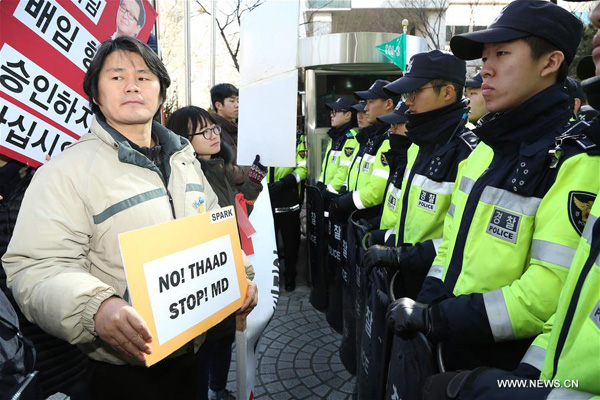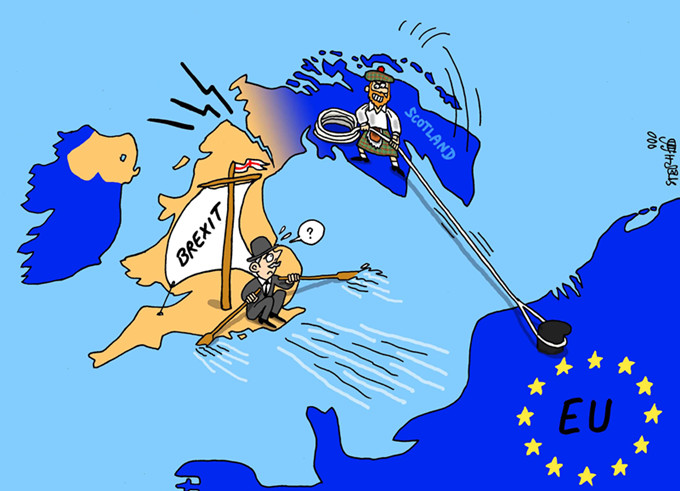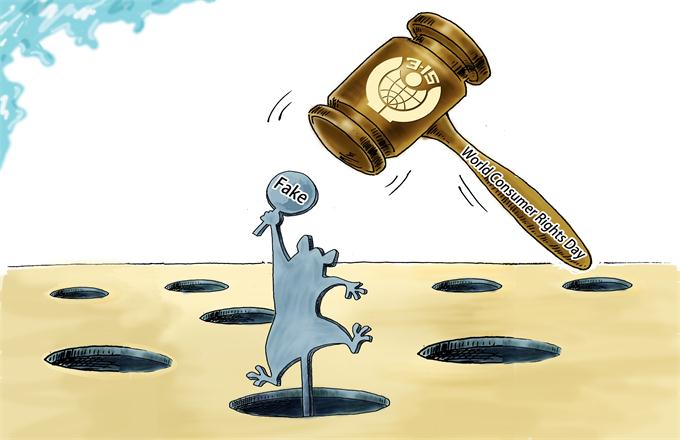Seoul's goodwill gesture dented by THAAD
 |
|
People protest against the deployment of an advanced US missile defense system in front of the Lotte Headquarters in Seoul, South Korea, Feb 27, 2017. [Photo/Xinhua] |
The remains of 28 Chinese soldiers killed in the Korean War (1950-53) will be returned by the Republic of Korea to China on Wednesday, the fourth such batch of remains to be returned after the two countries signed a handover agreement in 2013. Between 2014 and 2016, the remains of 541 soldiers were returned by the ROK to China, according to China's Ministry of Civil Affairs.
The latest handover comes amid tensions following Seoul's decision to install the US' Terminal High Altitude Area Defense anti-missile system, which Beijing is firmly opposed to, and should serve as a wake-up call to the new ROK government that the hard-won Beijing-Seoul partnership must evolve on the basis of learning from past mistakes rather than repeating them.
China and the ROK established diplomatic relations in 1992, burying their post-Korean War "confrontation" that lasted nearly four decades. Since then, the two countries have enjoyed more than two decades of reciprocal exchanges and interactions until Washington and Seoul decided to deploy the THAAD on the ROK soil last year, escalating tensions in Northeast Asia.
The remains of the Chinese People's Volunteer Army are a reminder of the cruelty of the Korean War. A total of around 197,000 Chinese soldiers, who fought in the Korean War against the US-led forces, sacrificed and most of them were buried on the Korean Peninsula, according to reports.
But the post-war losses have gone beyond casualties. The war wreaked havoc on local resources and residents, dividing the Korean Peninsula into two countries that are vehemently opposed to each other. Peace initiatives have achieved limited progress after the 1953 armistice for a lack of trust. The defense treaty signed by Washington and Seoul allows the United States military to be stationed in the ROK, pushing the Democratic People's Republic of Korea further away from the negotiation table.
That China and the ROK managed to upgrade their relations to a satisfactory level in just over two decades, on the other hand, highlights the importance of stability. The two countries signed a free trade agreement two years ago, and China has become the ROK's largest trading partner and export destination. By the end of last year, Chinese investment in the ROK had almost doubled from five years ago. Cultural and grassroots exchanges, too, increased significantly over the past few years.
The complementary nature of the Chinese and ROK economies has not only brought benefits to the two peoples, but also contributed to regional stability. And thanks to their respect for each other's security concerns and adherence to negotiations in handling the Korean Peninsula issue, Beijing and Seoul forged a strategic partnership.
But Seoul relinquished the strategic balance approach; it agreed to deploy THAAD at the risk of estranging itself from Beijing, even provoking a war in Northeast Asia. The ROK decision-makers, be they from the transitional team or the new administration to be elected in May, should note that sanctioning the DPRK has not stopped it from developing nuclear weapons.
Given that the US administration under President Donald Trump may be preparing to take harsher measures, it is a rather risky move for Seoul to expedite the installation of THAAD, which many even in the ROK are against. Besides, resorting to the US anti-missile battery for "self-defense" is technically questionable, and risks sabotaging the strategic interests of China and Russia. That is hardly what the ROK wants from it.
The author is an associate researcher at the Northeast Asia Studies Institute at Jilin Academy of Social Sciences.





















